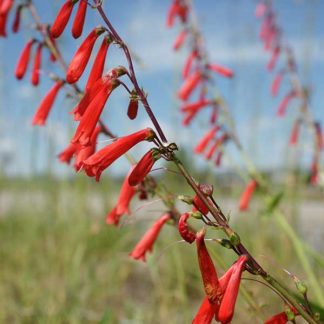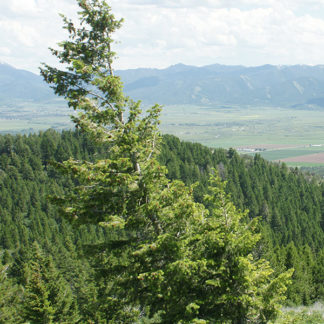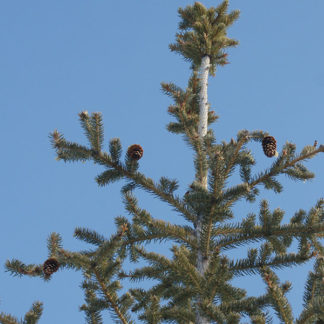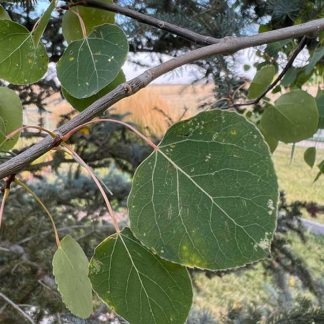highly visible
Showing 49–60 of 69 results
-

Pedicularis groenlandica / elephant head
- flowers range from pink to purple or white
- flowers each have a long, pointed, upward curving beak like an elephant's trunk and lateral lobes that look like elephant's ears
- sharply-toothed fernlike leaves
- wet environments in late June, early July
-

Penstemon eatonii / firecracker penstemon
- roadsides, especially revegetated by DOT
- 2" brilliantly red, tubular flowers
- mostly basal leaves, ovate to lanceolate, leathery
-

Penstemon palmeri / Palmer’s penstemon
- very tall, exposed
- pink flowers with rose/grape scent
- flowers clumped on one side of stem in groups of 4-5
- red "guidelines" (bloody fangs) on lower petals
- stem leaves opposite, clasping, like little boats
-

Penstemon whippleanus / dusky beardtongue
- large-ish purple or creamy-white tubular flowers
- from the side, flowers look like a gaping mouth; 2 lobes above, 3 below
- flowers typically hang down in small clusters at the top of their stems
- opposite, sessile leaves on flowering stems
- subalpine on rocky areas, as at Darby wind cave
-

Picea engelmannii / Engelmann spruce
- common, especially in mixed conifer forests
- canopy a narrow spire in young trees, cylindrical in older trees
- sharp, pointy needles, generally "swept" toward branch tips
- needles attached to twigs with woody pegs (sterigmata)
- pendant cones less than 2.5 inches long; thin scales, wavy margins
-

Picea pungens / Colorado blue spruce
- conical, layered crown; whorled branches
- frequent epicormic branches; "woolly" look
- stout, yellow-brown twigs with sterigmata (woody pegs)
- cones greater than 2.5" long
- cone scales stiff at base, diamond shaped, not wavy at tips
- in mixed conifer forests
-

Pinus contorta / lodgepole pine
- evergreen conifer
- needles in groups (fascicles) of 2
- lopsided cones, (mostly) remain on tree when mature
- rounded crown; orangey-brown scaly bark
-

Platanthera dilatata / white bog orchid
- dense cluster of bright white, clove or cinnamon scented flowers
- 2 wing-like sepals, a hood, and a lower lip with a spur
- 3-6 principle leaves... alternate, lance-shaped
- in boggy wet areas
-

Populus tremuloides / quaking aspen
- white barked, often growing in large clones
- leaves flat with long, flat petiole at 90˚
- leaves quake in even light breezes
- twigs and buds reddish, long and pointed
- catkin flowers in very early spring
- leaves turn yellow or reddish or orange-ish in fall
-

Potentilla fruticosa / shrubby cinquefoil
- low, deciduous, shrub; wetlands and riparian zones
- yellow buttercup-like flowers with 5 leaflets, often in clusters
- blooms from June until frost
- pinnately compound leaves, typically with 5 leaflets
- fruit (achene) remains into winter
-

Primula parryi / Parry’s primrose
- striking, bright magenta (or pink) flowers with yellow centers, 5 petals
- 3 to 30 flowers per stalk
- brilliant green foliage as a rosette
- foliage releases horrible smell with the slightest touch
- typically at higher altitudes in wet places
-

Pseudotsuga menziesii / Douglas fir
- persistent cones with distinctive 3-pronged, "mouse tail", bracts
- semi-pointy, but not stiff or sharp, single needles
- needles attached to twigs by petioles (no pegs)
- oval leaf scars
- twig buds are pointy, "lustrous" brown
Showing 49–60 of 69 results